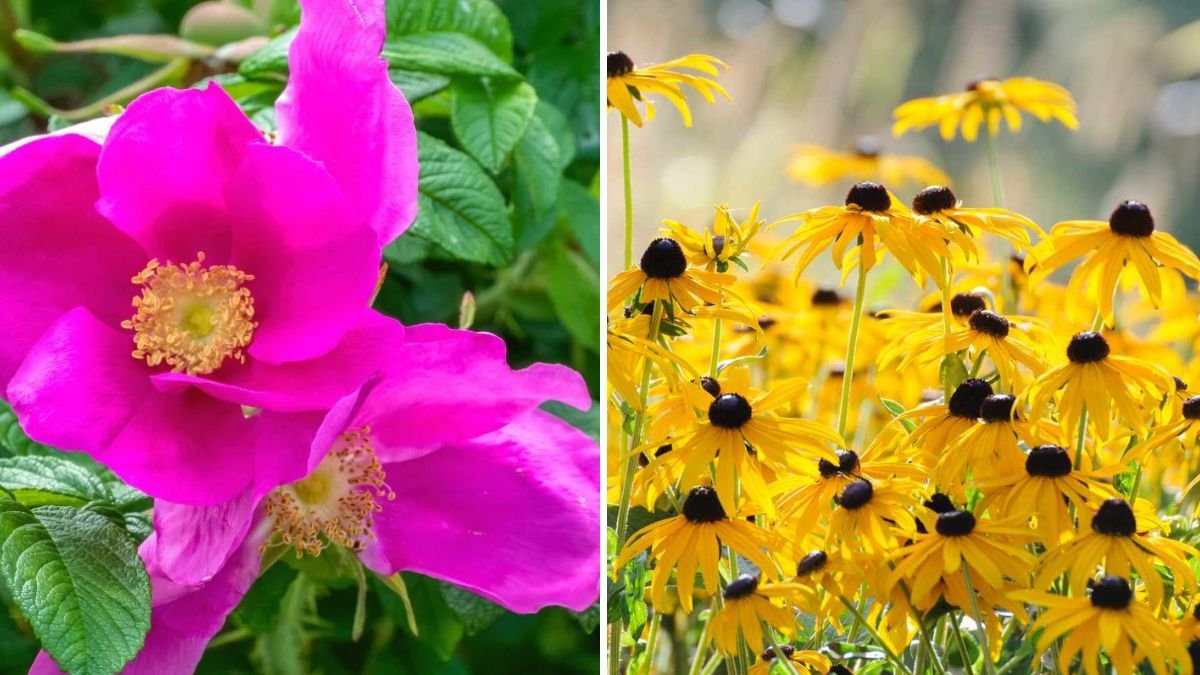Gardening success often hinges on matching plants to the right soil type. While sandy soil offers excellent drainage and warmth, it also drains nutrients quickly and retains little moisture, making it unsuitable for certain flowers. Planting flowers that cannot tolerate sandy conditions can lead to stunted growth, poor blooms, and even plant death.
Understanding which flowers to avoid in sandy soil allows gardeners to plan more effectively, improve soil conditions, and choose suitable plants for each garden zone. This article explores five flowers you should never grow in sandy soil, explains why they struggle, and provides tips for creating ideal growing conditions.
1. Hydrangeas
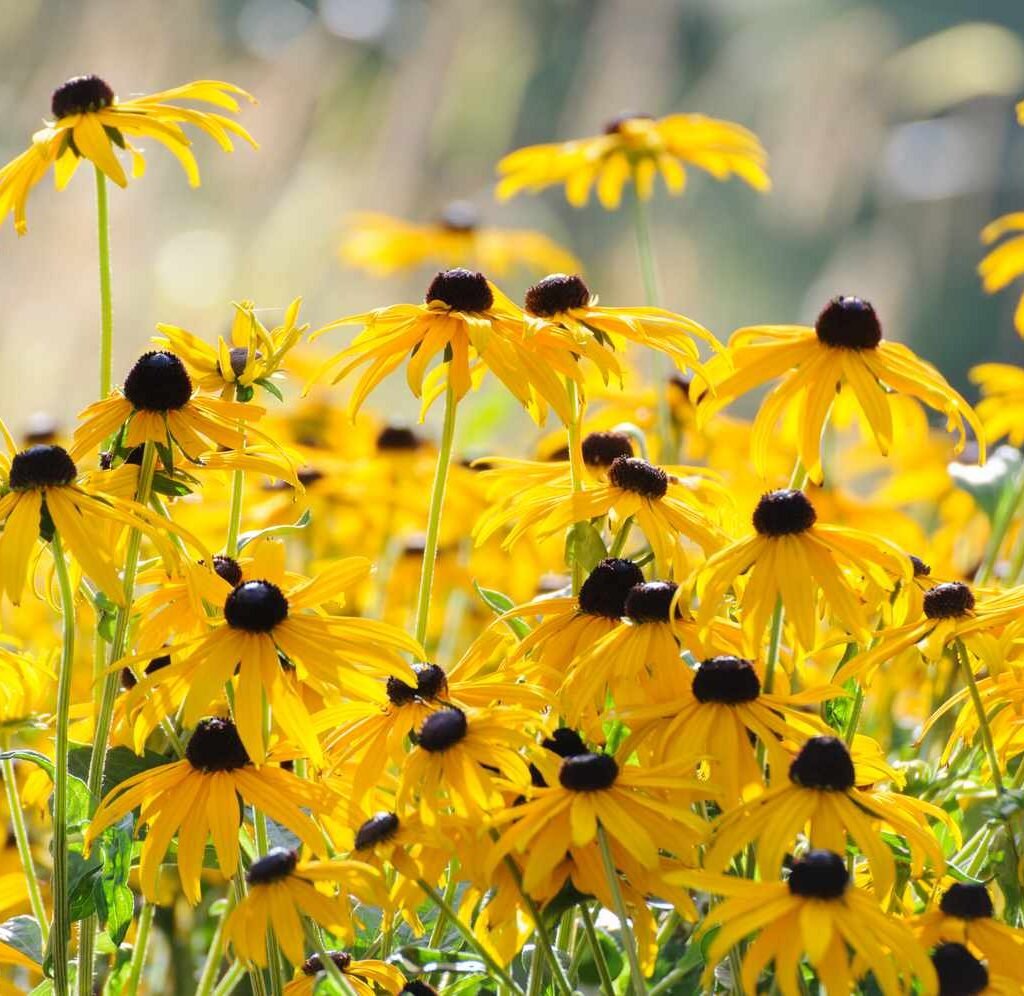
Why Sandy Soil Is Harmful
Hydrangeas are moisture-loving shrubs that thrive in rich, humus-filled soil. Sandy soil drains too quickly, leaving roots unable to access sufficient water or nutrients.
Effects of Sandy Soil
- Wilting leaves and drooping stems due to insufficient moisture.
- Smaller or fewer blooms.
- Nutrient deficiencies leading to yellowing foliage and weak growth.
Best Practices
- Grow hydrangeas in loamy or clay-rich soil that retains moisture.
- Add organic matter, such as compost or peat, if sandy soil is unavoidable.
- Mulch generously to conserve soil moisture.
2. Gardenias
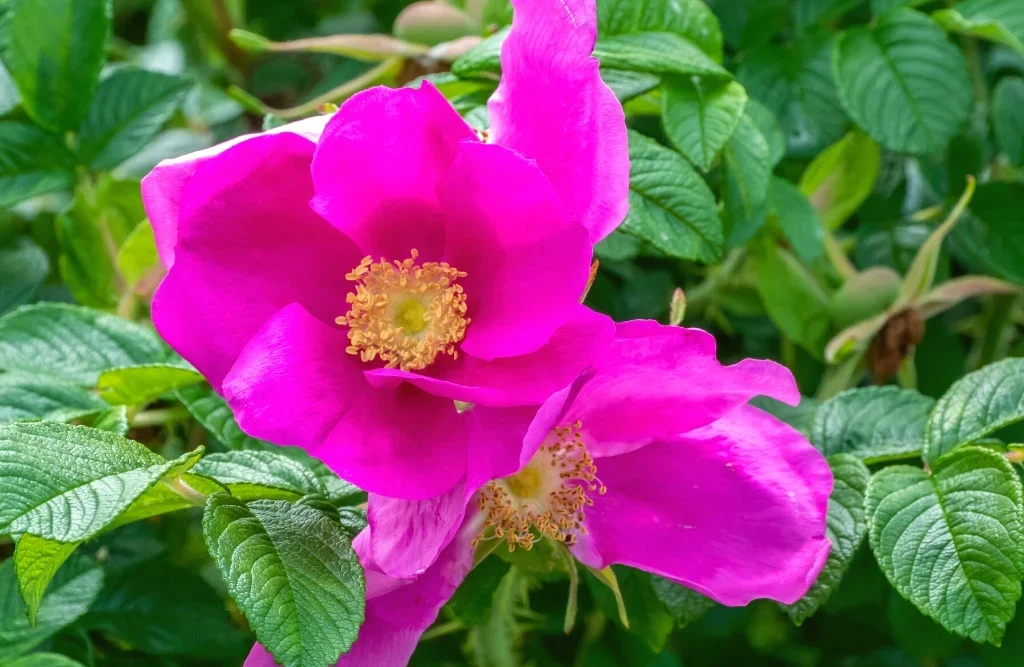
Why Sandy Soil Is Harmful
Gardenias are acid-loving, tropical shrubs that require consistently moist, nutrient-rich soil. Sandy soil’s low nutrient retention and fast drainage stress the plant and inhibit flowering.
Effects of Sandy Soil
- Leaf drop due to nutrient deficiencies.
- Reduced fragrance and fewer blooms.
- Poor root development, making the plant more susceptible to pests.
Best Practices
- Grow gardenias in acidic, well-drained yet moisture-retentive soil.
- Use mulch to keep soil cool and moist.
- Fertilize with acidic, slow-release fertilizer suitable for tropical shrubs.
3. Peonies
Why Sandy Soil Is Harmful
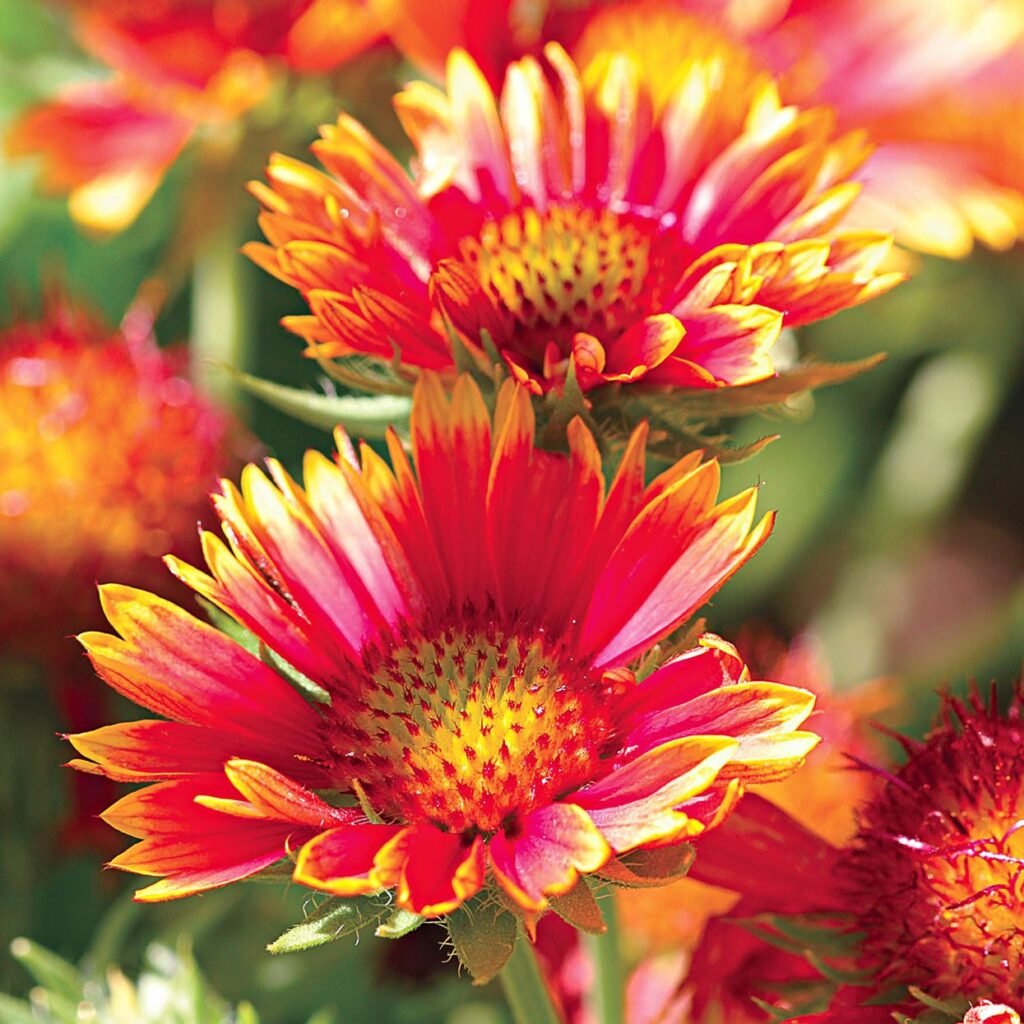
Peonies are hardy perennials that require fertile, well-drained soil with good moisture retention. Sandy soil drains too quickly, depriving peonies of the water and nutrients needed for strong stems and abundant flowers.
Effects of Sandy Soil
- Weak stems prone to bending or breaking under the weight of blooms.
- Poor flower size and reduced bloom numbers.
- Slower growth and delayed flowering.
Best Practices
- Plant peonies in loamy or clay-based soil amended with organic matter.
- Ensure consistent watering, especially during dry spells.
- Avoid sandy sites unless soil is significantly amended with compost.
4. Lilies
Why Sandy Soil Is Harmful
Lilies thrive in rich, well-drained soil, but sandy soil is often too dry and nutrient-poor to support vigorous growth. While some drainage is good, excessive drainage leads to weak roots and poor flowering.
Effects of Sandy Soil
- Stunted growth and short flower stems.
- Reduced flower size and fewer blooms.
- Susceptibility to disease due to stressed plants.
Best Practices
- Grow lilies in loamy, fertile soil with moderate drainage.
- Amend sandy soil with organic compost to retain moisture and nutrients.
- Regular watering and fertilization are essential for healthy growth.
5. Camellias
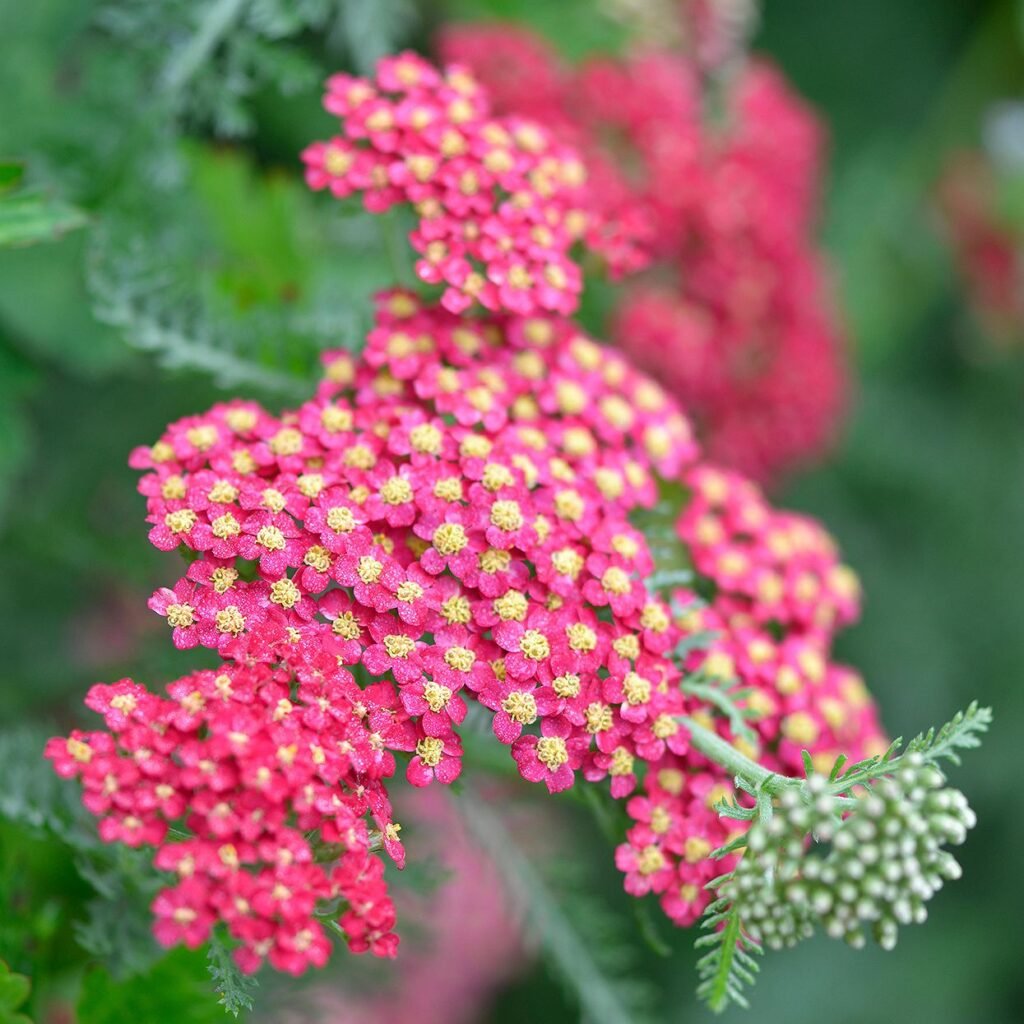
Why Sandy Soil Is Harmful
Camellias are acid-loving evergreen shrubs that require moist, humus-rich soil. Sandy soil cannot provide the consistent moisture and nutrient availability they need.
Effects of Sandy Soil
- Leaf yellowing due to nutrient deficiencies.
- Poor flower bud development and reduced flowering.
- Weak root system, leading to reduced winter hardiness.
Best Practices
- Plant camellias in well-draining, acidic soil amended with organic matter.
- Mulch to retain soil moisture and protect roots.
- Avoid planting in sites where sandy soil dominates unless amended heavily.
Challenges of Sandy Soil
- Poor Water Retention: Sandy soil drains water quickly, depriving plants of consistent moisture.
- Low Nutrient Content: Essential nutrients like nitrogen, phosphorus, and potassium are washed away easily.
- Inconsistent Temperature: Sandy soil heats up quickly but also cools rapidly, causing stress to sensitive plants.
- Root Stress: Many flowers cannot establish strong root systems in fast-draining, nutrient-poor soil.
How to Improve Sandy Soil for Sensitive Flowers
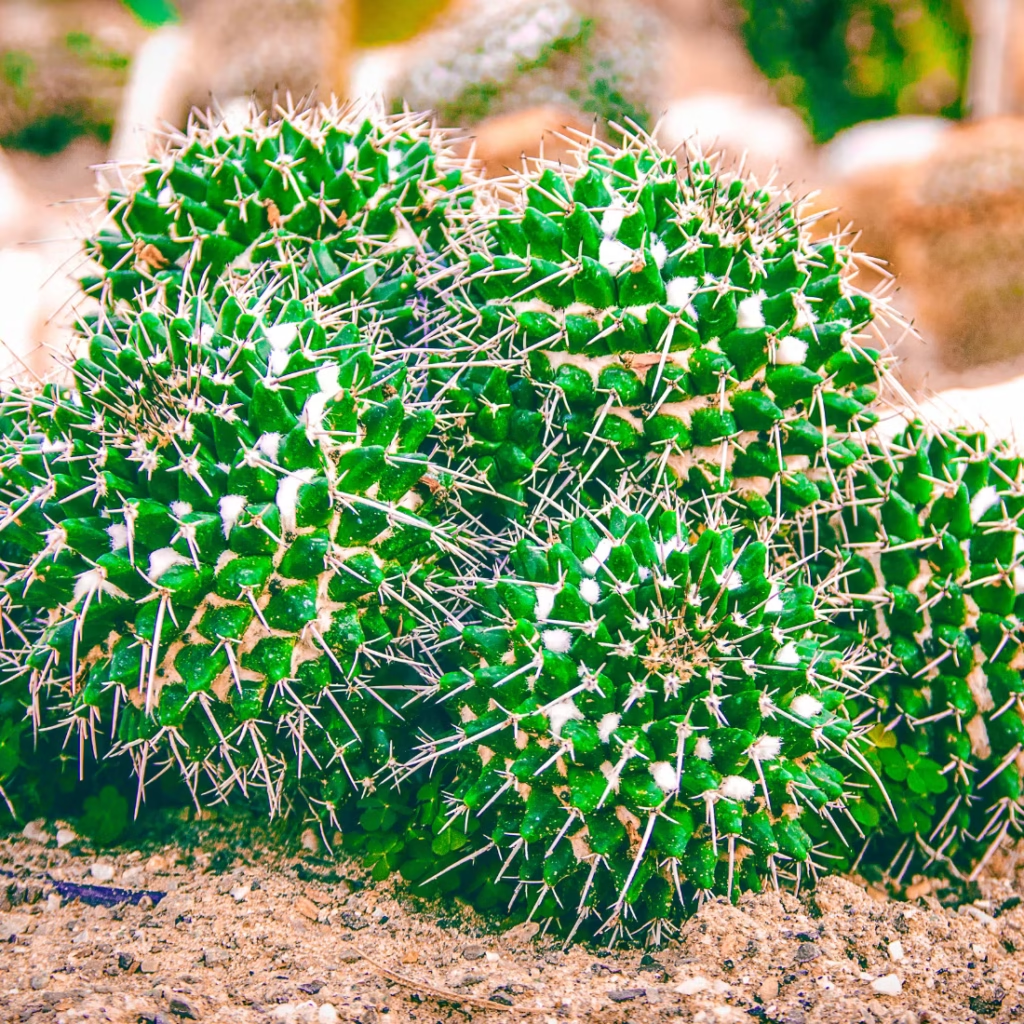
- Add Organic Matter: Compost, well-rotted manure, or leaf mold helps retain moisture and nutrients.
- Mulching: Apply a thick layer of mulch to reduce evaporation and maintain soil temperature.
- Regular Fertilization: Use slow-release fertilizers to compensate for nutrient leaching.
- Watering Techniques: Frequent, deep watering ensures roots get enough moisture.
- Raised Beds: Constructing raised beds with amended soil can provide optimal conditions for sensitive flowers.
Conclusion
Sandy soil offers excellent drainage, but it is unsuitable for many flowers that require consistent moisture and nutrient-rich soil. Planting flowers in sandy soil without proper amendments can lead to stunted growth, weak blooms, and plant stress. The five flowers you should never grow in sandy soil are:
- Hydrangeas – need rich, moisture-retentive soil.
- Gardenias – acid-loving and nutrient-demanding.
- Peonies – require fertile soil to support blooms.
- Lilies – need moderate moisture and nutrients for strong growth.
- Camellias – thrive in humus-rich, acidic soil.
By understanding plant requirements and improving sandy soil through amendments, mulching, and proper watering, gardeners can create thriving, vibrant gardens even in challenging soil conditions. Choosing the right plant for the right soil is key to healthy flowers, abundant blooms, and long-term garden success.
